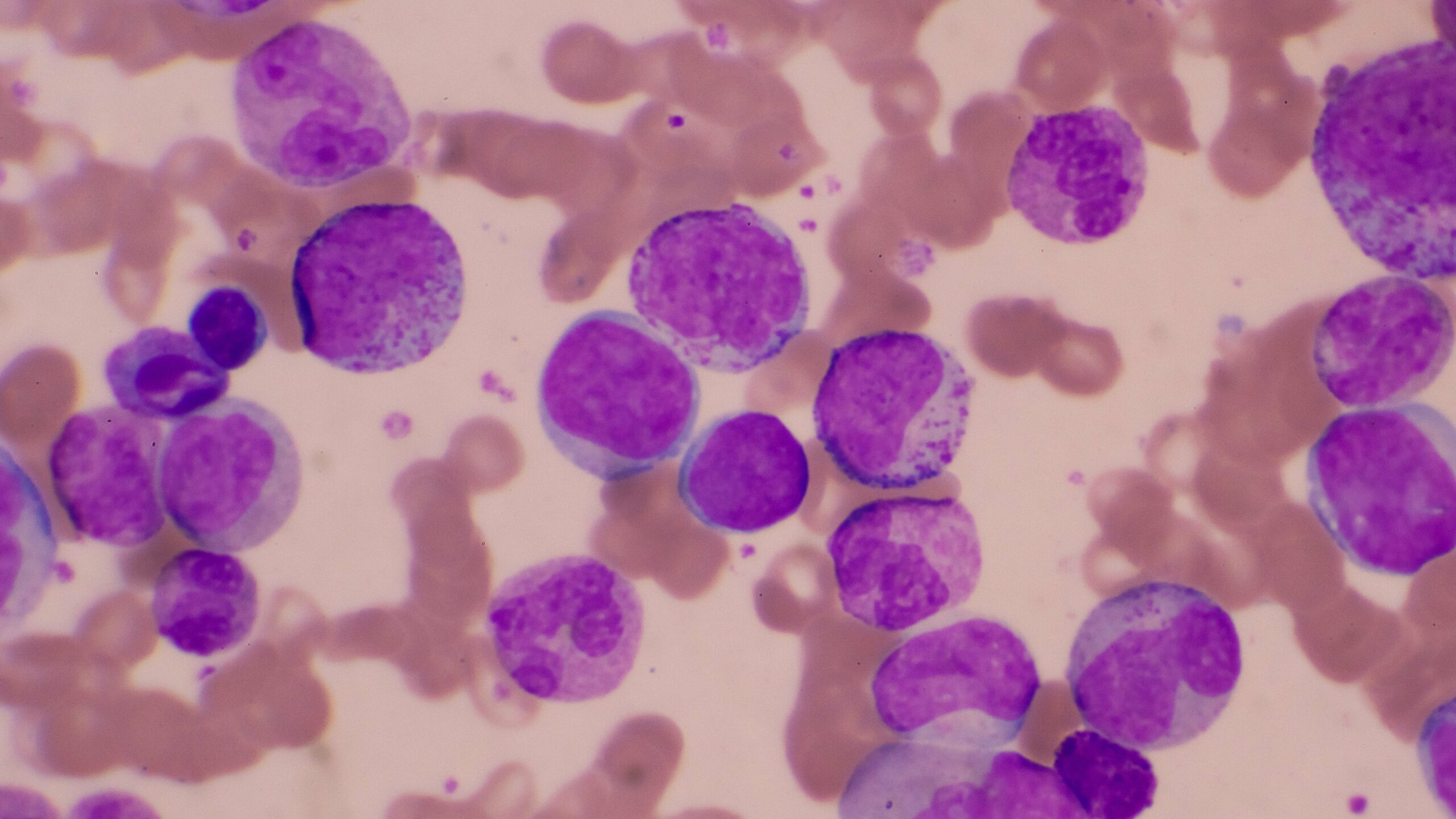
Zanubrutinib, a Bruton’s tyrosine kinase inhibitor (BTKi), was developed to reduce toxicities compared with ibrutinib in patients with B-cell malignancies, and it was evaluated in several clinical trials. A post hoc study shown at the 17th International Conference on Malignant Lymphoma compared pooled safety data from zanubrutinib and ibrutinib trials.
Lead author Jennifer R. Brown, MD, PhD, reported that zanubrutinib was well tolerated, with typically mild-to-moderate adverse events (AEs). The researchers additionally noted that rates for AEs of special interest (AESIs) had declined over time without any new safety signals being identified, supporting the value of zanubrutinib in long-term treatment.
Post Hoc Analysis Confirms Favorable Zanubrutinib Safety
“As BTKi therapy requires continuous treatment,” the study noted, “long-term tolerability and low treatment discontinuation rates are needed for successful outcomes.”
The analysis included 10 clinical trials on zanubrutinib monotherapy, including the ASPEN and ALPINE trials that directly compared zanubrutinib and ibrutinib. Underlying B-cell malignancies included chronic lymphocytic leukemia or small lymphocytic lymphoma, mantle cell lymphoma, follicular lymphoma, and marginal zone lymphoma.
The zanubrutinib groups’ median treatment exposure was 28.6 months, with 31.2% having exposures of 36 months or more. The most common nonhematologic AEs were:
- Upper respiratory tract infection (29.0%)
- Diarrhea (19.9%)
- Contusion (19.4%)
- Cough (17.2%)
- Rash (16.2%)
Additionally, the most common grade 3 or higher events were pneumonia (7.9%) and hypertension (7.4%), and the most common serious AE was pneumonia (7.5%).
In a pooled analysis of ASPEN and ALPINE patients (n=422) treated with zanubrutinib or ibrutinib, researchers noted the most common AESIs were infection and hemorrhage, for which the zanubrutinib and ibrutinib groups had exposure-adjusted incidence rates of 6.18 and 3.26 versus 6.67 and 3.44 patients per 100-person months, respectively.
Ultimately, the study’s authors supported the favorable safety and tolerability of zanubrutinib compared with ibrutinib in patients with B-cell malignancies.
More from ICML: Acalabrutinib Monotherapy in Frail Patients With CLL





 © 2025 Mashup Media, LLC, a Formedics Property. All Rights Reserved.
© 2025 Mashup Media, LLC, a Formedics Property. All Rights Reserved.